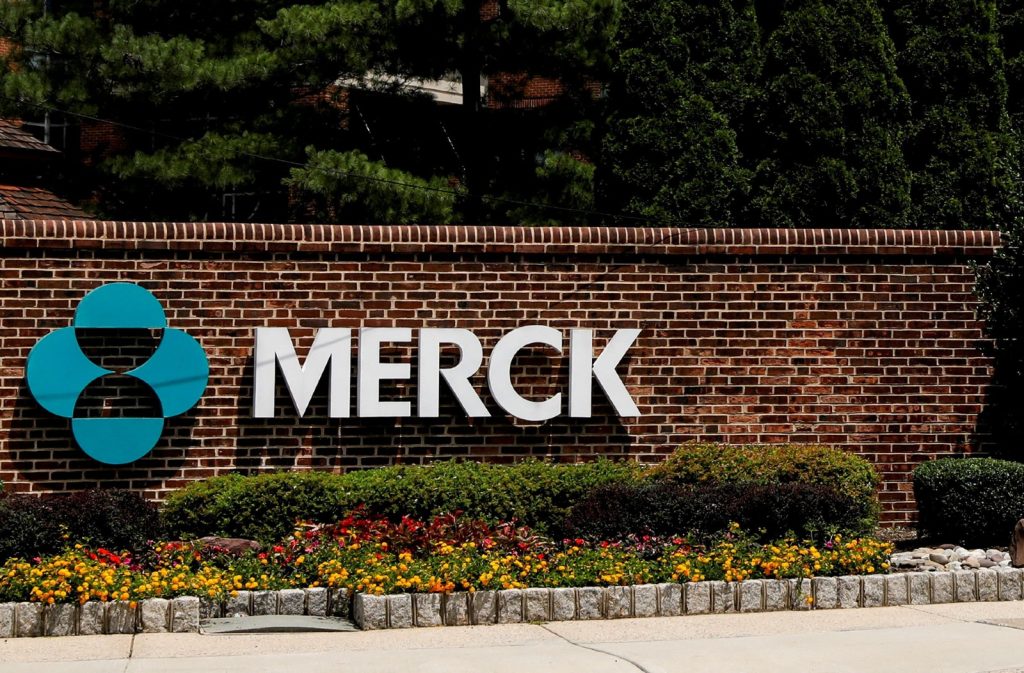Iconic Therapeutics Initiates Second Phase 2 Study of ICON-1 in Patients With Neovascular (wet) AMD
May 16, 2018
DECO Study to Explore Dosing Regimen with Higher ICON-1 Dose
SOUTH SAN FRANCISCO, Calif.–(BUSINESS WIRE)–Iconic Therapeutics, a clinical stage biopharmaceutical company dedicated to translating knowledge of Tissue Factor (TF) biology into new therapeutics for retinal disease and cancer, announced enrollment of the first patient in its second Phase 2 study of Icon-1 administered intravitreally both in combination with and as treatment after anti-VEGF therapy (aflibercept, Eylea®). The DECO (Dose Exploration and Continuation Option) multi-center study is recruiting patients with choroidal neovascularization (CNV) secondary to AMD (Age-Related Macular Degeneration) to generate additional clinical data with a higher dose of ICON-1 than previously evaluated. DECO is being conducted at eight clinical centers in the U.S.
“Our first multidose Phase 2 EMERGE study showed good safety and tolerability and demonstrated signs of biologic activity of ICON-1 on the CNV lesion when administered in combination with anti-VEGF (ranibizumab, Lucentis®) or as monotherapy. This suggests the potential of our drug to modify the underlying disease process and thereby produce more durable treatment outcomes including stable or improved visual acuity over time. Given the excellent safety outcomes from EMERGE, our goal for DECO is to evaluate a higher dose of ICON-1 and further assess the clinical proof of concept of antagonizing TF. We believe our focus on TF could point to a breakthrough that addresses the limitations of currently approved therapies in wet AMD,” said William Greene, M.D. Chief Executive Officer.
The DECO study is a randomized, open-label trial evaluating the administration of repeated intravitreal injections of ICON-1 given in combination with or after anti-VEGF (aflibercept, Eylea®), in patients with choroidal neovascularization secondary to age-related macular degeneration. It is expected to recruit approximately 20 patients. The primary assessment will be the change in choroidal neovascularization (CNV) size at month 9 compared to baseline in the study eye, and secondary endpoints include the change in best corrected visual acuity (BCVA) over time, and the duration of treatment-free periods over time. Patients 50 years of age or older who are newly diagnosed with treatment-naïve CNV secondary to AMD will be included.
About ICON-1 and EMERGE Study
ICON-1 is a fusion protein that binds to Tissue Factor (TF) overexpressed in the retina and the CNV of AMD patients. Iconic first evaluated ICON-1 in a single dose, 18-subject Phase 1 clinical trial in neovascular AMD, which showed tolerability for intravitreal injection in patients with wet AMD and preliminary evidence of potential biologic activity. The EMERGE trial, a Phase 2 randomized, double-masked, multi-dose, six-month signal-seeking study, explored the effect of repeated intravitreal ICON-1 injections in patients with choroidal neovascularization (CNV) secondary to AMD. The trial design included assessment of CNV lesion growth, leakage, and fluid exudation, anatomic hallmarks of disease progression in wet AMD. EMERGE enrolled 88 patients with newly diagnosed CNV who were followed for 6 months. Results were first presented at the Angiogenesis, Exudation, and Degeneration meeting in Miami. Results from additional preclinical studies evaluating the pharmacokinetics and pharmacological effects of different ICON-1 doses were presented at the 2018 annual meeting of the Association of Research in Vision and Ophthalmology (ARVO) in Honolulu, Hawaii.
About AMD
Age-related Macular Degeneration is the leading cause of blindness in the U.S. and other industrialized countries, affecting up to 200 million people worldwide. The ultimate goal of AMD treatment is to preserve vision and prevent blindness. For over a decade, anti-VEGF agents have been the standard of clinical care for wet AMD, providing good initial responses with rapid reduction of retinal thickness and, in up to 40% of patients, gains in vision. However, treatment with anti-VEGF agents alone may not provide durable outcomes. For many patients, vision gains do not appear to be sustainable over a period of years and thus may not prevent progression to blindness. There is an unmet need for an agent that can modify the underlying progression of the disease process itself.




